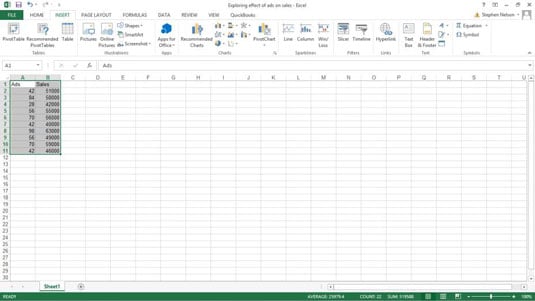
Returns the parent object for the specified object. Returns or sets the trendline order (an integer greater than 1) when the trendline type is xlPolynomial. True if Microsoft Excel automatically determines the name of the trendline. True if the point where the trendline crosses the value axis is automatically determined by the regression. Returns or sets the point where the trendline crosses the value axis. Returns the index number of the object within the collection of similar objects. Returns or sets the number of periods (or units on a scatter chart) that the trendline extends forward. Setting this property to True automatically turns on data labels. True if the R-squared value of the trendline is displayed on the chart (in the same data label as the equation). True if the equation for the trendline is displayed on the chart (in the same data label as the R-squared value). Returns a DataLabel object that represents the data label associated with the point or trendline.

Returns a 32-bit integer that indicates the application in which this object was created. Returns a Border object that represents the border of the object. Returns or sets the number of periods (or units on a scatter chart) that the trendline extends backward. Returns an Application object that represents the Microsoft Excel application. Trendlines(1) is the first trendline added to the series, and Trendlines(Trendlines.Count) is the last one added. The index number denotes the order in which the trendlines were added to the series. Use Trendlines( index), where index is the trendline index number, to return a single Trendline object. The Trendlines collection contains all the Trendline objects for a single series. The Trendline object is a member of the Trendlines collection. GuidAttribute InterfaceTypeAttribute Remarks


 0 kommentar(er)
0 kommentar(er)
